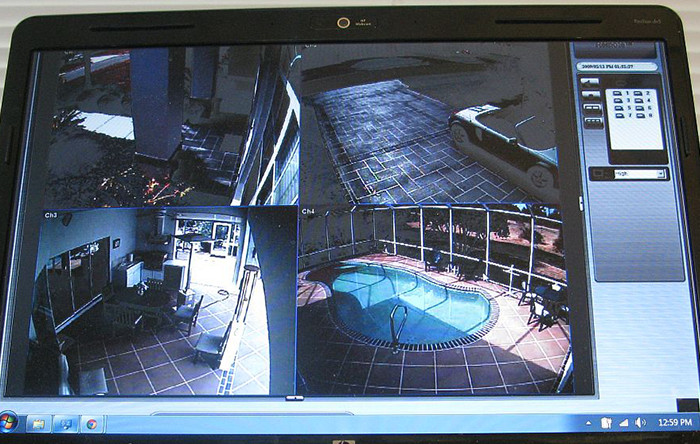Life’s threats to your children come in many forms: falls at the playground, predators on the Internet, and distracted drivers, to name just a few. How, as a parent, do you find ways to protect your kids?
While you can’t wrap your children in bubble wrap to travel through life, or live in a totally safe environment, there are ways to protect your kids from the dangers of everyday life, even when you’re not there.
Sure, you’ve already taught your kids to look both ways before crossing the street, and about stranger danger. But beyond the basics, there are ways to ensure your kids’ safety, whether you’re right there with them or they’re traversing their day without you.
Read on for the five most effective ways to protect your kids.
- Use safety apps
Technology is on your side, as a parent. So use it. There are apps out there to track your child’s whereabouts, and to list emergency contact and medical information.
Want to know that your child walked safely to their friend’s house? Apps can alert you that they’ve arrived. Curious where your child is right now? Apps can pinpoint the location for you.
“These best emergency apps” can also store a handy list of emergency contacts, medical and allergy info, what prescriptions are used, and even health insurance information. Having this info on hand means you won’t have to scramble for it when needed in an emergency.
- Monitor your home
Your home could be a safe haven for you children, or it could be a target for intruders. Want to know how safe your home is? Start by doing a home security self-evaluation. What you learn about your home’s security could surprise you.
Consider installing a home security system. You may think it’s not worth the cost, or that a break-in, fire, or gas leak won’t happen at your house. But do you really want to take the chance, when your kids’ safety is at stake?

If you’re worried about the cost, read some undeniable reasons why a home security system pays for itself.
Home security systems can do a lot for you. They can thwart burglaries, and alert you to fires, carbon monoxide leaks, or floods. They also allow you to monitor your home, when you’re not there but your kids are.
Want to know your child has arrived home from school safely? Each child can have his or her own pin to punch into the home security system when they get home, and you can be alerted.
Read more on unconventional ways to use your home security system.
- Monitor your child’s Internet use
You’ll want to be totally transparent with your kids about what kind of behavior is appropriate or not on the Internet, and how you’ll be monitoring their online activity. Then, follow up.
Familiarize yourself with the websites and apps your child uses, and let them know which you don’t want them using. Read more on online safety and expert tips for keeping your kids safe on social media.
- A) On computers
Familiarize yourself with the parental controls built into the systems of your home computers, laptops, and tablets. Also learn how to check your child’s browser history—though your child might be wise to how to erase browser history.

That’s where recording software comes in, which tracks every page visited, and data viewed, sent, received, and downloaded. You can also be preemptive and use blocking software to create a list of approved websites, and block others. Blocking software also allows you to put restrictions on how long kids are on the computer, and when.
- B) On phones
Also let your child know that you’ll be monitoring their phone use. Learn how to check recent calls, text messages, and Internet browsing. But don’t stop there. Your kid could be erasing messages he or she doesn’t want you to see. Double-check your phone bill for a true record of when texts and calls are made, and to who. (You might discover some secret midnight texting going on….)
- Track your child’s whereabouts
Gone are the days of parents sending their children out into the world with nothing more than a hope that they’ll return safely after playing in the neighborhood or getting to and from school.
There is a range of wearable GPS devices on the market that allow you to track your child’s whereabouts. On the inexpensive side, devices can show you where your child is within 100 feet of you (great for the mall or playground). Or, use Bluetooth devices to know exactly where your child is no matter how far they stray. Other devices allow your child to call you with a touch of a button.
- Stop texting and talking on the phone while driving
Safety starts with you. Not only does texting and driving put your children at risk, it sets a bad example. The National Safety Council estimates 20 percent of crashes involve drivers talking on cell phones—hand-held, or hands-free—while six percent of accidents involve text messaging.
Never use your phone while driving, even if stopped at a light or intersection. If you need to, place your phone in the back seat, or even the trunk, where it will be out of reach and you won’t be tempted to check it.
Can’t fight the urge to check your phone while driving? Use a program or app on your phone to not allow phone use while driving.
Using these five ways to protect your kids could mean the difference between being accident- and danger-free, or becoming a statistic.


